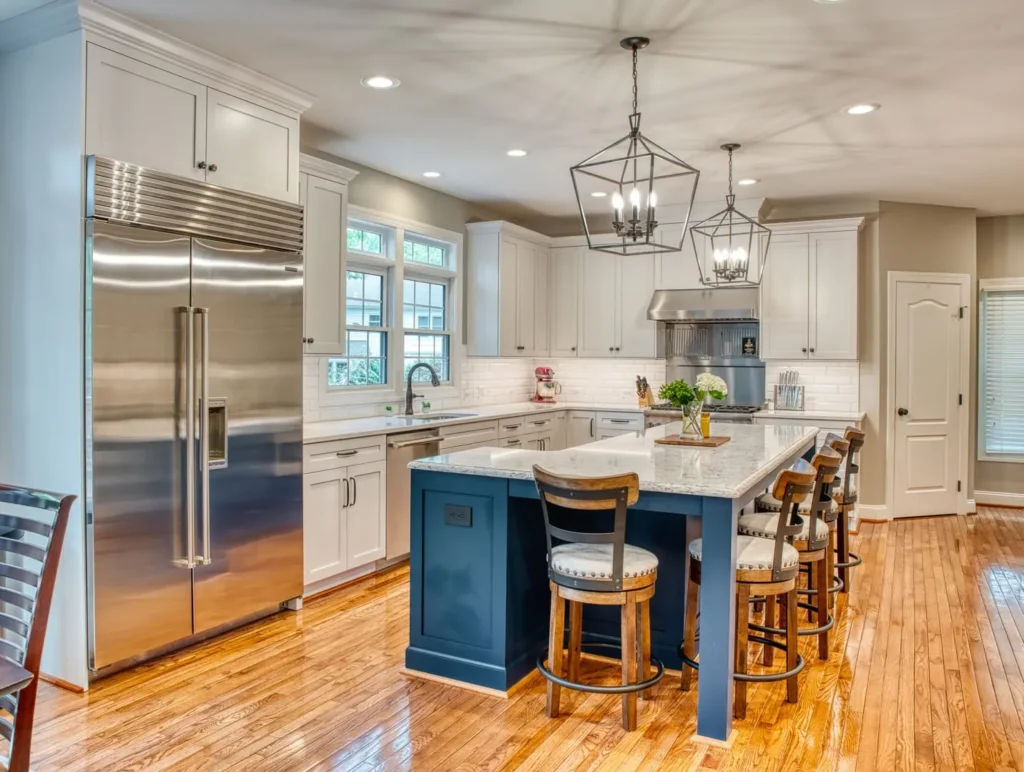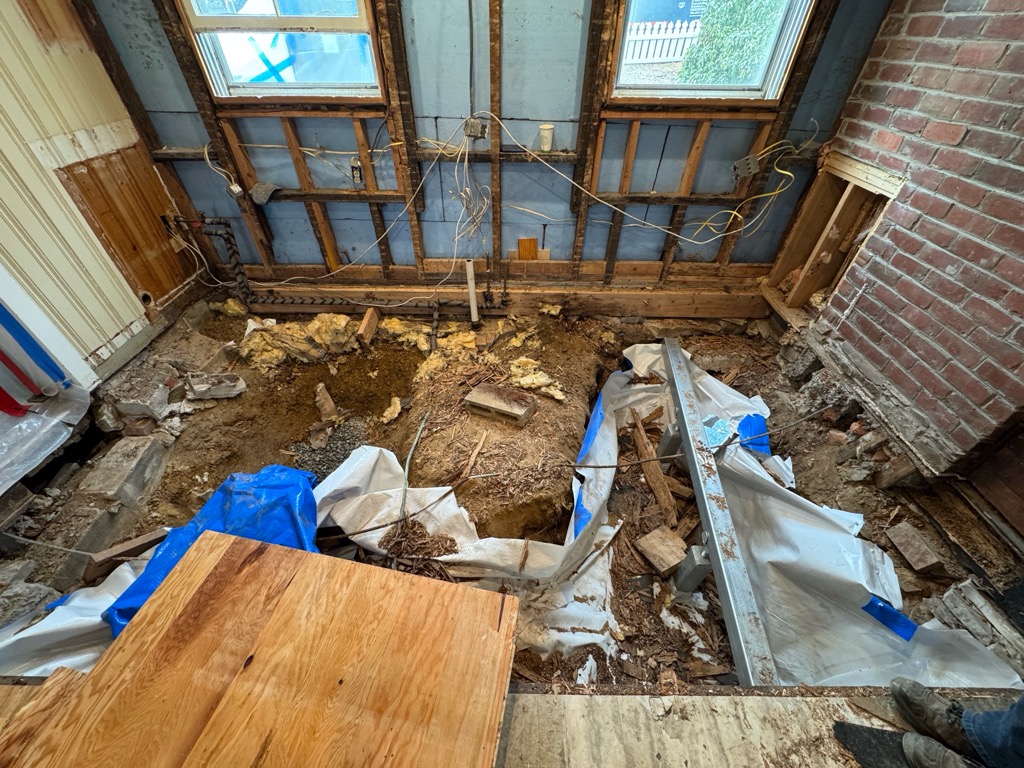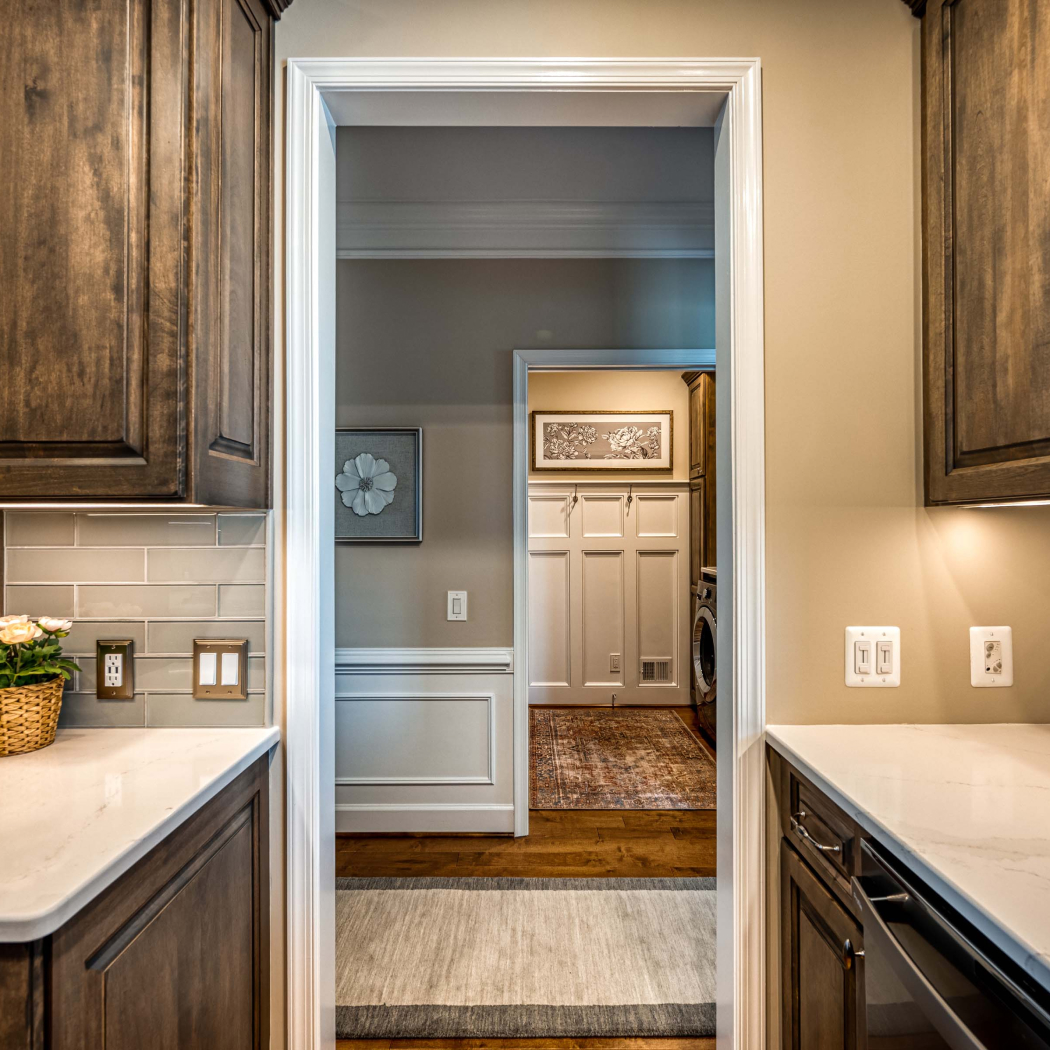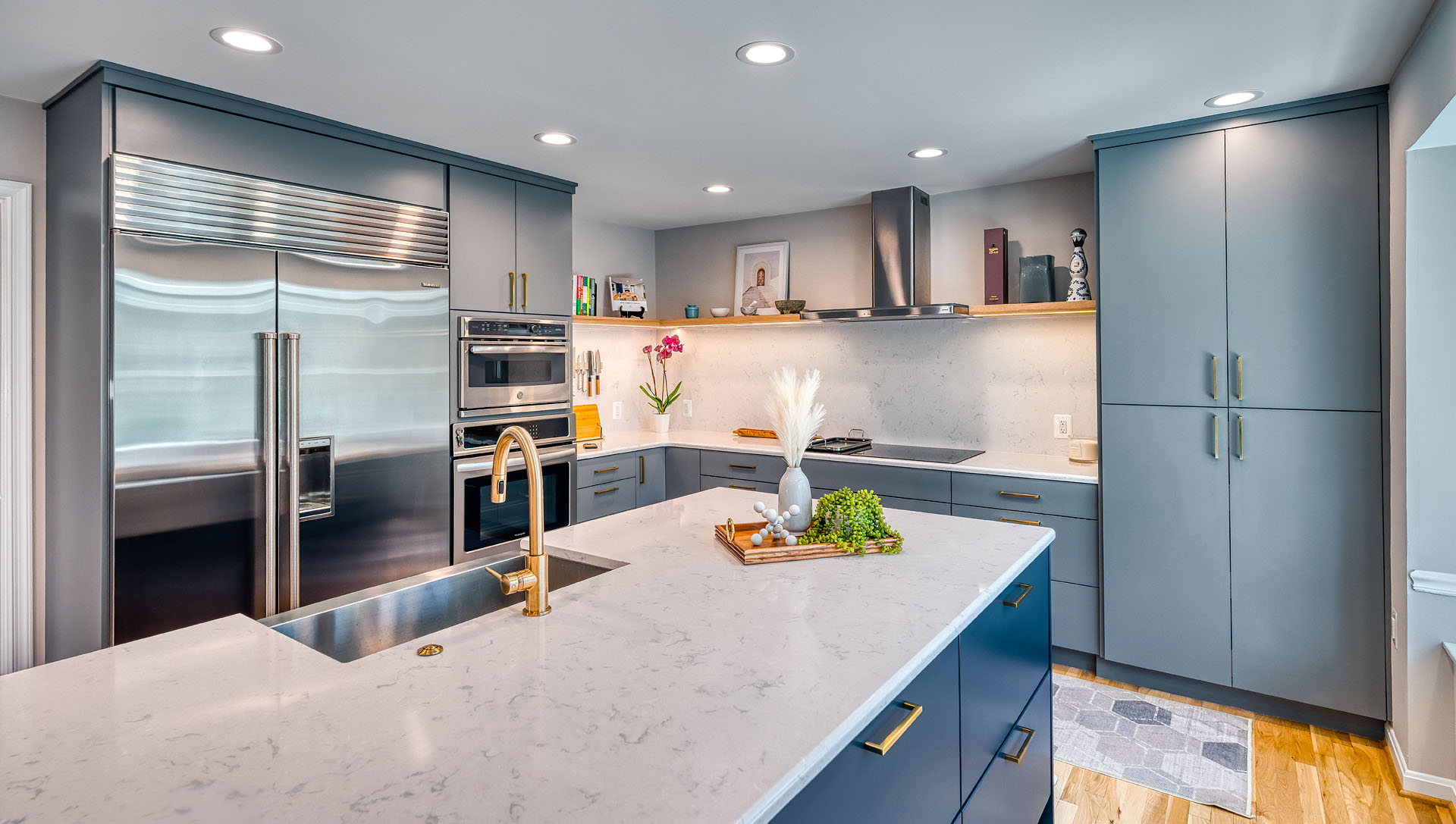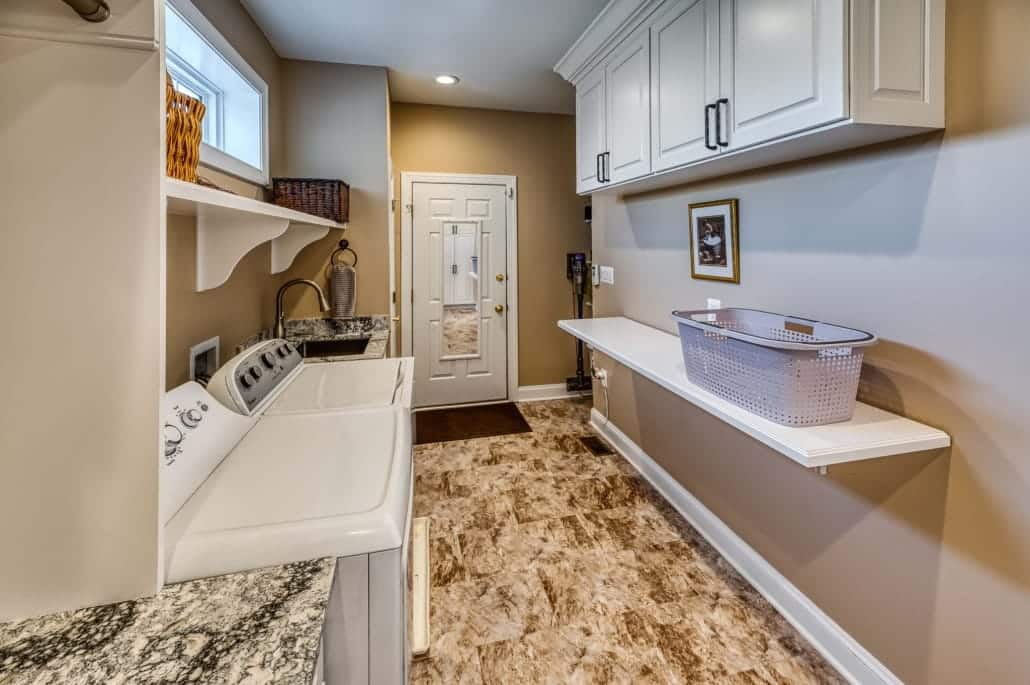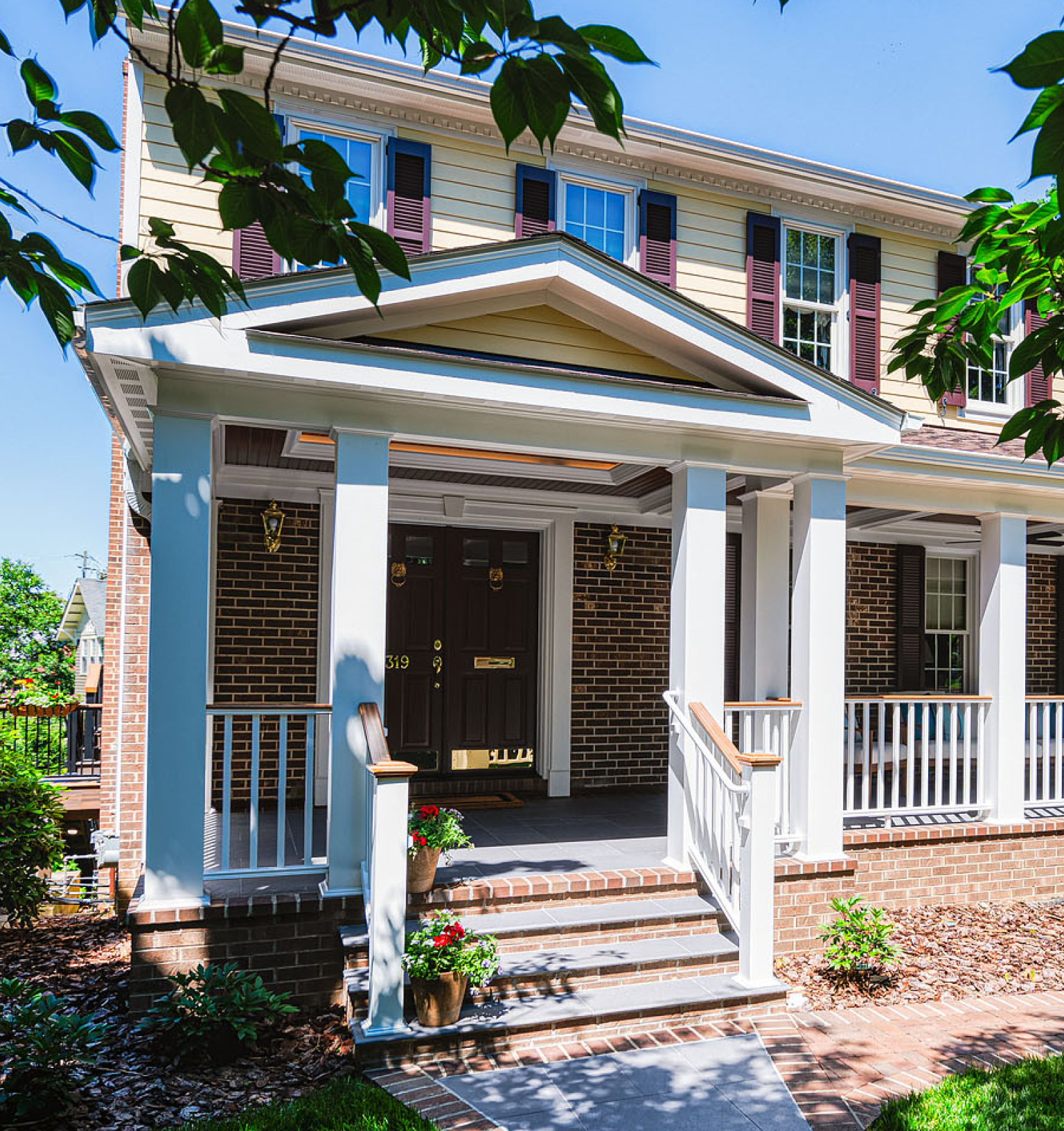Starting a family can have a huge impact on how you view your home. When your family is expecting a baby, there’s more to a home remodeling project than converting the guest room into a nursery. Preparing your Northern Virginia home for a new arrival can include added safety features, electrical and plumbing upgrades, comfort accents and practical changes. Here are 10 elements you should discuss with your Northern Virginia design and build contractor before deciding on the scope of your home renovations.
1. Safety
Keeping little ones safe is paramount, whether they’re infants, toddlers or even school-age children. Build safety features into your home through sturdy stair banisters, restricted access to stairwells and electrical rooms, kitchen cabinets and more.
2. Sound
Soundproofing rooms can work both ways. You may want to muffle sounds penetrating the walls of the nursery or protect other rooms in the house from loud crying. The floors and ceilings can also be soundproofed to minimize footsteps traveling to rooms below.
3. Lighting
Soft lighting with a dimmer switch can provide enough light to scare away monsters, yet be light enough to keep Mom or Dad from stubbing their toes on the crib in the dark.
4. Room to Crawl and Play
How much empty space is there in the baby’s room? While furniture is important, reducing clutter leaves plenty of room to crawl and play.
5. Home Sound System
When choosing elements for your home remodeling plans, a home sound system is another option. An intercom that connects sounds and communications to different rooms can be implemented. Some home security systems also offer similar features.
6. Generator
Adding a whole-home generator minimizes the inconvenience and health safety concerns when the power goes out. Hurricanes, ice and snow can cause downed power lines and outages for several hours or even several days. It comes on almost seamlessly when the power goes out and comes back on automatically when power is restored.
7. Visibility
An open floor plan on the ground floor increases visibility for parents and children who are in adjoining rooms. For example, a parent might be in the kitchen making up a bottle or a family meal while the baby is in the living room in the playpen or swing.
8. Flooring
Choose a surface that’s easy to clean and is resilient to stains and spills. Warm floors are an option for added cozy comfort.
9. Nursery Colors/Decor
Choose colors and decor that can adapt with age and interest. Pastels will make the room look bigger. Primary colors are attention-grabbers.
10. Room Location
When you first designated the room that is soon to become a nursery, you had a reason for putting it where you did. Whether it was the smallest room in the house or you didn’t want it near the master bedroom, now is the time to revisit the strategy of which room should become the nursery. Consider whether it’s big enough, if it’s close enough to parents and if heating and air conditioning are sufficient. Choosing a different room or planning other home renovations are other options.



